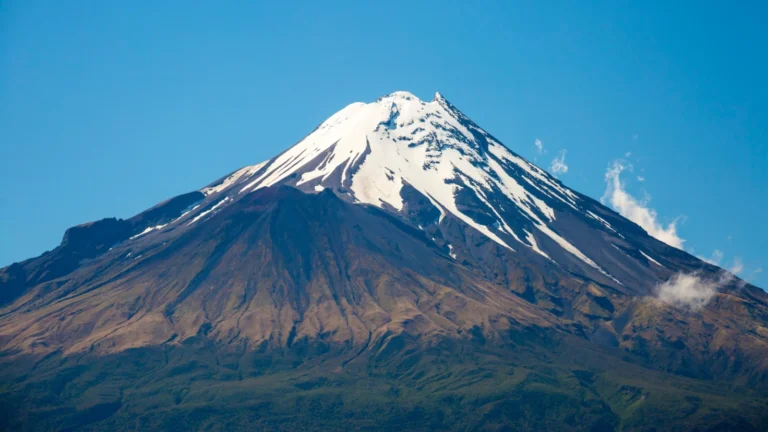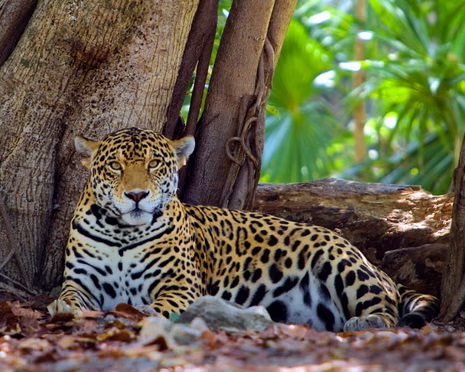
Mexico’s jaguar (Panthera onca) population is experiencing an inspiring revival, reaching about 5,326 individuals in 2024 and holding steady in 2025—a milestone signaling hope for one of the world’s most majestic, yet threatened, wildcats. This achievement, thanks to relentless conservation work, is spreading optimism not only within Mexico’s scientific community but also among global wildlife advocates.
Hope in the Numbers
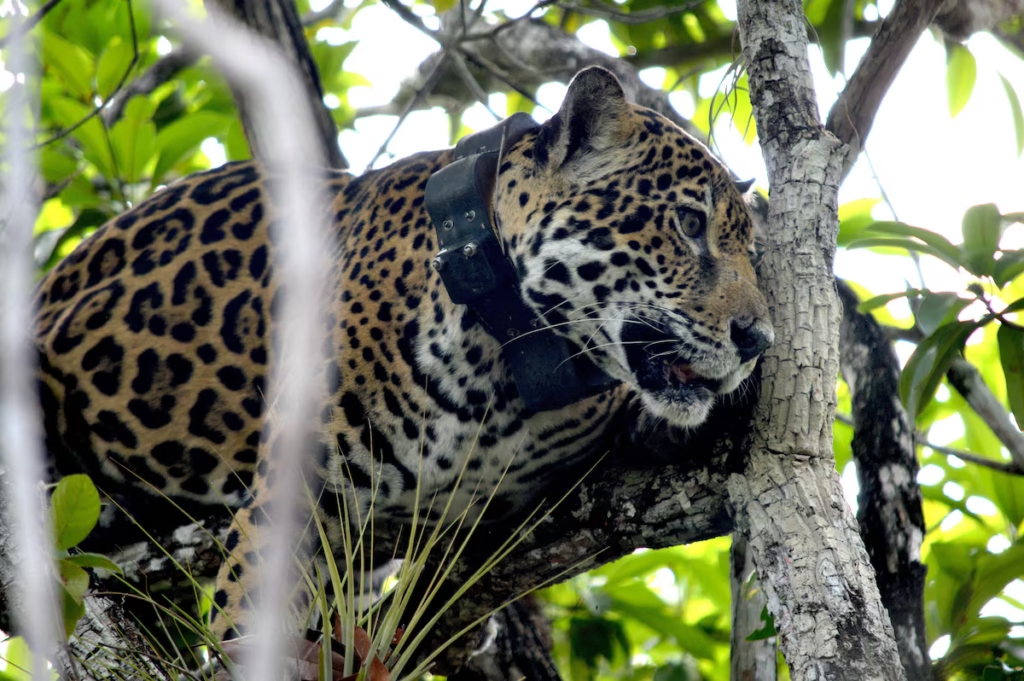
The latest census by the National Alliance for Jaguar Conservation (ANCJ) found jaguar numbers have surged by 30% since 2010—when only around 4,100 roamed Mexico’s forests. Even more uplifting, this growth has occurred in a period marked by environmental challenges, proving the resilience of both the jaguars and those working to save them. It’s a hard-earned success: between the previous survey in 2018 and 2025, numbers rose by 11%, a trend experts called “surprising and encouraging”.
Jaguars now populate 15 Mexican states, with the Yucatán Peninsula (1,699 jaguars) and the Pacific Southern region (1,541) acting as strongholds for their recovery.
Conservation at Work: Collective Commitment
This resurgence is the product of thoughtful, coordinated conservation:
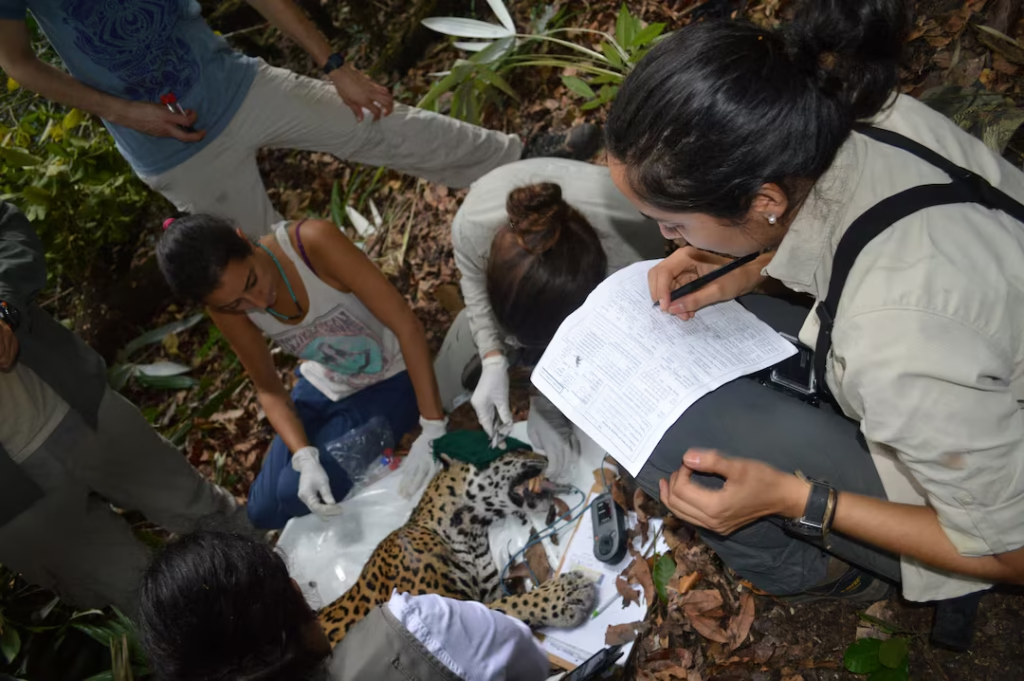
- Protected Habitats: Mexico has added 1.6 million hectares of jaguar habitat under President Andrés Manuel López Obrador’s administration and boasts over 9 million hectares of protected areas across 65 reserves.
- Cutting-Edge Monitoring: Surveys utilize hundreds of motion-activated cameras, collecting over 50,000 photos in more than 19 monitored sites, setting an international standard for wildlife monitoring.
- Community Ownership: Ranchers, local communities, and NGOs are part of the solution. Incentives for ranchers, education, and collaborative patrols have helped lessen conflict and foster appreciation for jaguars’ ecological value.
- National Leadership: Gerardo Ceballos and the ANCJ have guided policy, research, and awareness, making Mexico a pioneer for jaguar population censuses.
Why It Matters
Jaguars are ecosystem engineers. Their presence means vigorous biodiversity, healthy forests, and a balanced food web—benefiting not just wildlife but also nearby communities who depend on these ecosystems for water, food, and resilience against climate change.
- One jaguar needs up to 10,000 hectares of connected habitat, making landscape-scale conservation essential.
- Their survival supports hundreds of other species, so their rising numbers mean whole habitats are thriving.
Challenges: The Fight Isn’t Over
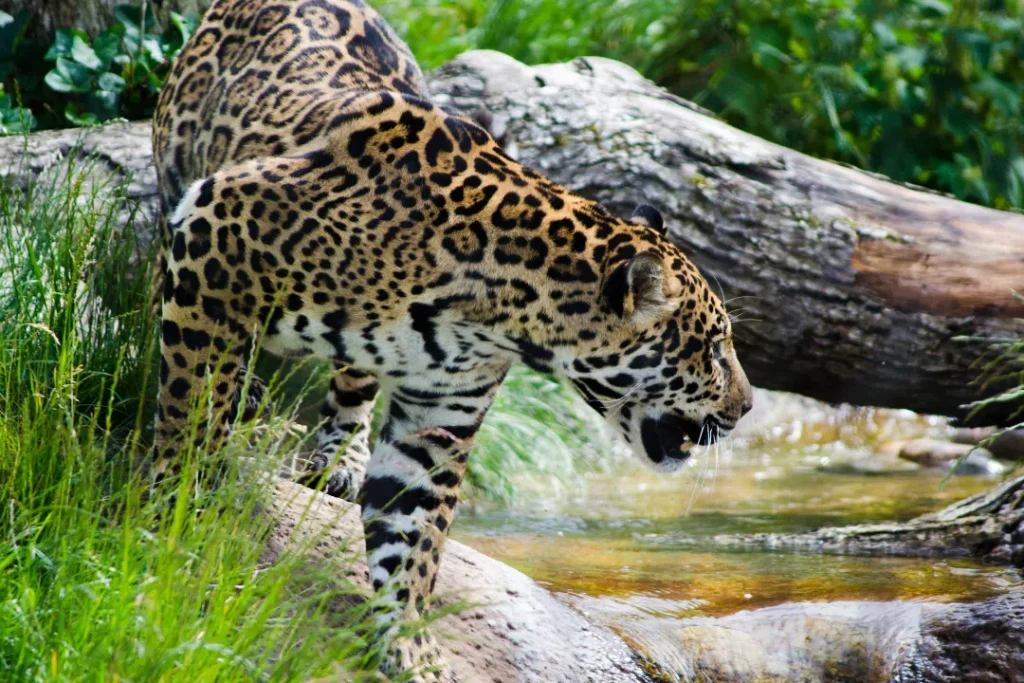
Despite remarkable progress, the struggle continues:
- Habitat destruction and fragmentation remain ongoing threats—70% of jaguars live outside protected areas.
- Illegal trafficking of skins, bones, and claws: The ANCJ continues to call for tech companies and government agencies to crack down harder on the wildlife trade.
- Human-wildlife conflict: Even with progress, jaguars sometimes prey on livestock, requiring further work to ensure coexistence with ranchers.
- Population targets: Experts like Humberto Peña (ANCJ) warn that reaching a “safe” population of 8,000 jaguars may take 30 years of consistent progress.
Uplifting Actions & Ongoing Momentum
- Expansion of the Great Calakmul Region, one of the largest protected tropical forests in the Americas, demonstrates Mexico’s ambitious vision.
- Community-led monitoring and stewardship are creating real change, with local groups empowered to protect corridors and report illegal activity.
- Conservation groups underline that the jaguar’s future depends on every Mexican—individual choices, community initiatives, and national policy all play a role.
Conclusion: A Shared Victory
Mexico’s 2025 jaguar census offers an uplifting story of determination and hope. It proves that focused conservation, scientific excellence, and the shared will of communities and organizations can reverse decades of decline for one of Earth’s most charismatic creatures. As the country celebrates this victory, the journey ahead remains clear: protect more land, strengthen communities, and ensure jaguars can thrive for generations—all while providing a shining example for conservation everywhere.
🧩 Related Articles:
- Beyond the Golden Dome: How South Bend, Indiana, Championed Its Way to Becoming the Cleanest City in the United States 2025
- The United Kingdom’s Compassion Capital: Liverpool Crowned Britain’s Kindest City, Proving Small Acts of Generosity Forge the Strongest Communities
- A Wave of Compassion: How a Community in Digby, Nova Scotia Rallied to Rescue 16 Dolphins
- Mexico’s jaguar population is up 30% since 2010, but still at risk.


